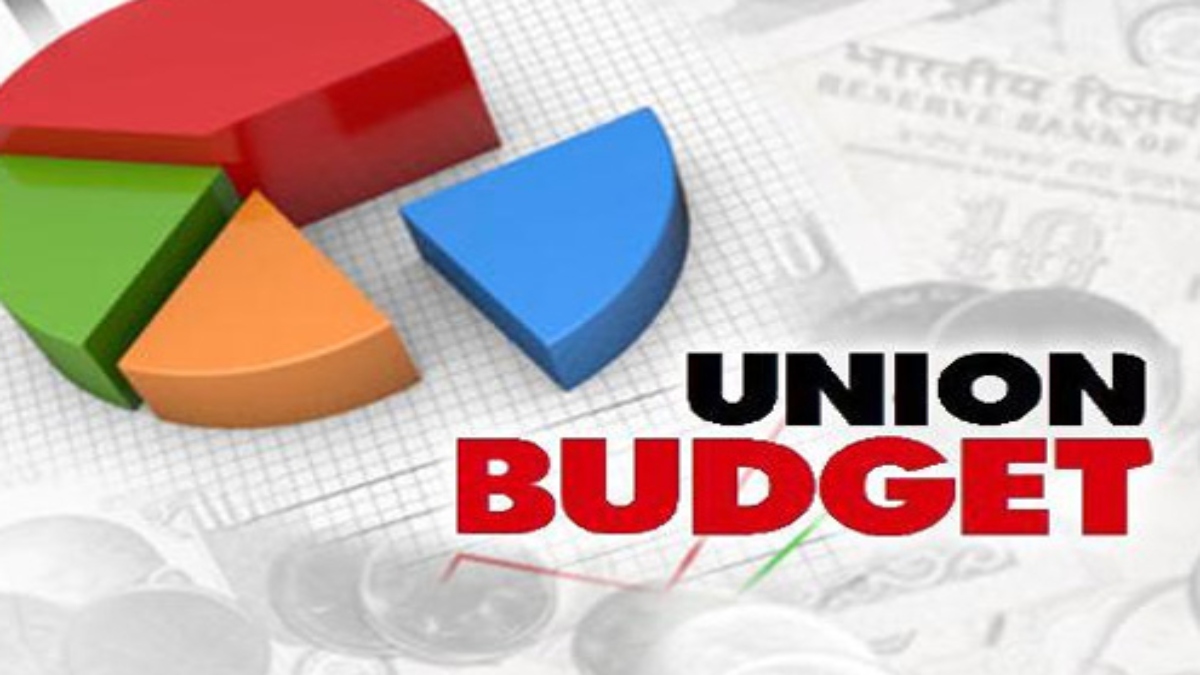


In comparison to 2021, India is in a much better state to handle the upcoming wave of Covid-19 cases. A majority of the sectors has recovered and is now back on track for rapid growth. One sector, however, has seen the slowest recovery – the Education sector, with students still unable to attend school physically and unable to get vaccinated, either.
We expect the Government to shift a lot of focus to the Education sector in this version of the budget in the following ways:
Higher allocation in overall budget
1. Last year, the Government slashed it’s allocation towards Education in the Annual Budget by 6%, amounting to a total allocation of Rs. 93,223 crores, against Rs. 99,311 crores in the year before that. This year, we expect the Government to increase allocation by around 10%, since last year the 6% slash was attributed to funds allocation towards healthcare and other emergency services.
Reducing the digital divide
2. We expect this year’s Education budget to focus on reducing the digital divide, which has kept a significant number of students – that rely on the country’s public education system and belong to challenged socio-economic backgrounds – from accessing education during the pandemic. We have already seen states like Uttarakhand, Uttar Pradesh and Gujarat provide devices and connectivity to needy students for free, or with heavy subsidy; we expect the Central Government to address this issue to ensure that students can resume classes virtually.
Reduced GST rates
3. The pandemic’s impact on the education system, particularly the public education system, has increased reliance of all students on supplementary sources of education that are provided by private organisations. Traditionally, such sources have been categorized under ‘Educational Services’ and taxed at 18% under Goods & Services Tax (GST). We expect the Government to revise the GST rate for this category to 5%, thereby easing the financial pressure on the students’ parents, particularly those from lower and middle class families .
Partner with private companies
4. Given the utility of education-technology (EdTech) tools during the pandemic, we expect the Government to announce a host of schemes this year to make EdTech tools accessible to students across the country. These schemes could pertain to Public Private Partnerships (PPP), subsidies or Direct Bank Transfers (DBT) to enable citizens to procure devices, connectivity and even subscription to educational services that will enable them to garner knowledge amidst closure of their educational institutions
Focus on vernacular languages
5. Since a significant number of students relying on the public education system learn in vernacular languages which are largely ignored by private EdTech players – it is quite likely that the Education budget will observe the Government mobilising resources towards creation or curation of regional-language educational content that will be aimed at such students. Efforts in this direction have already been initiated over the last few years, however, they are likely to receive a shot in the arm this year.
I believe that these key features, if addressed in the upcoming budget, will help India’s education system get back on track to recovery and help students continue their education even if they are unable to visit their schools till the students get fully vaccinated.
The Author is the Co-founder of ConnectEd Technologies which is an ed-tech social enterprise